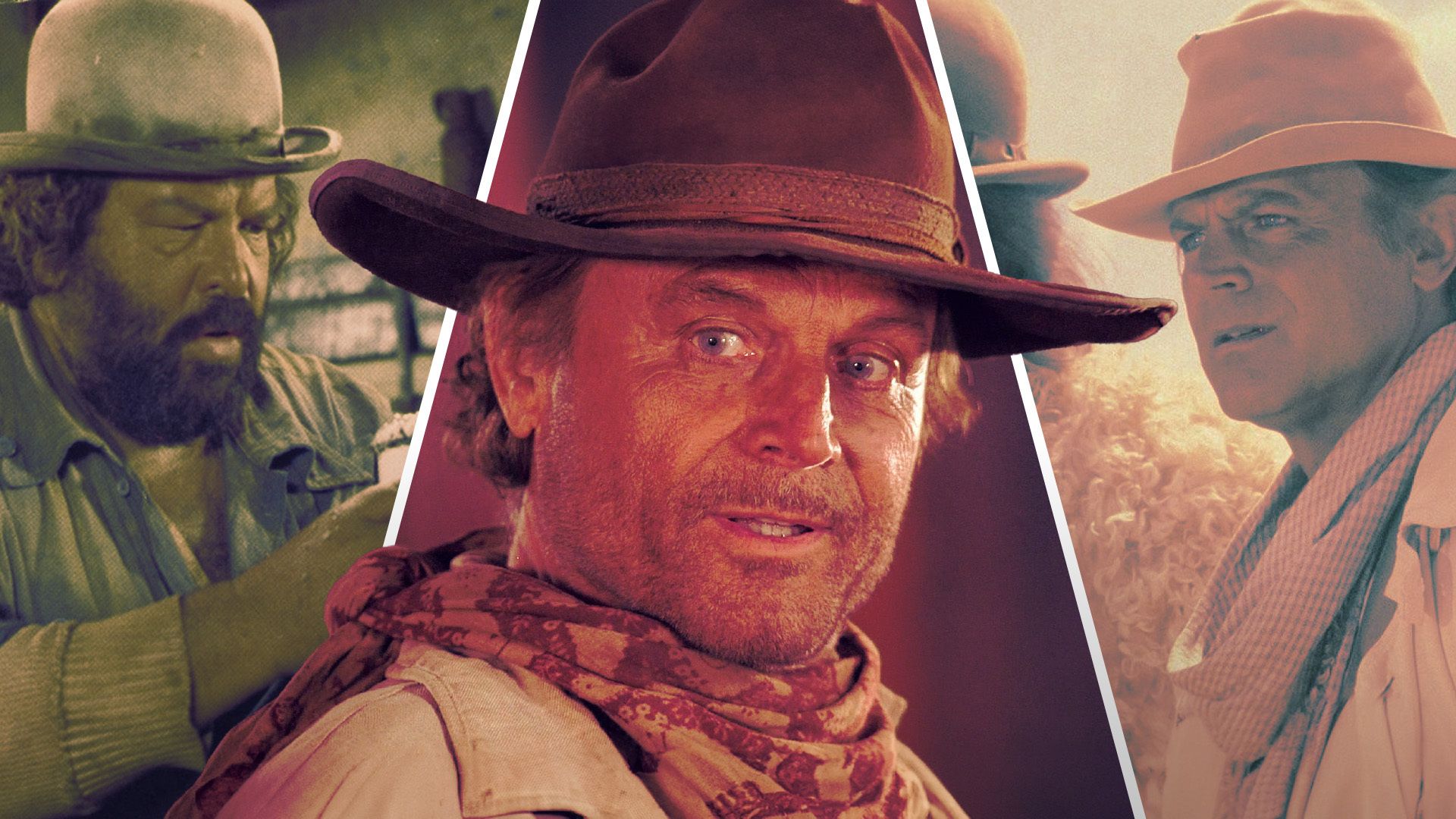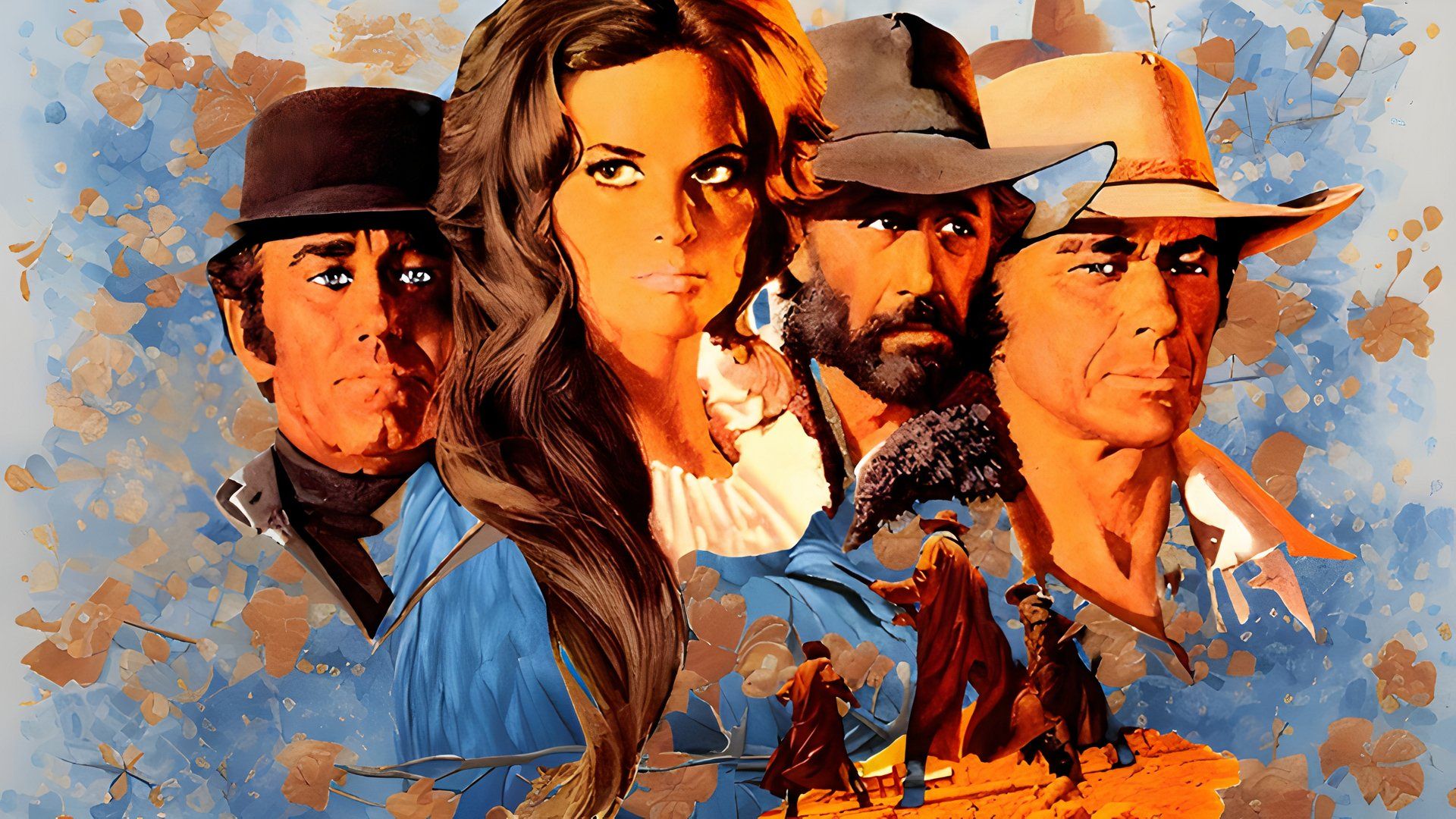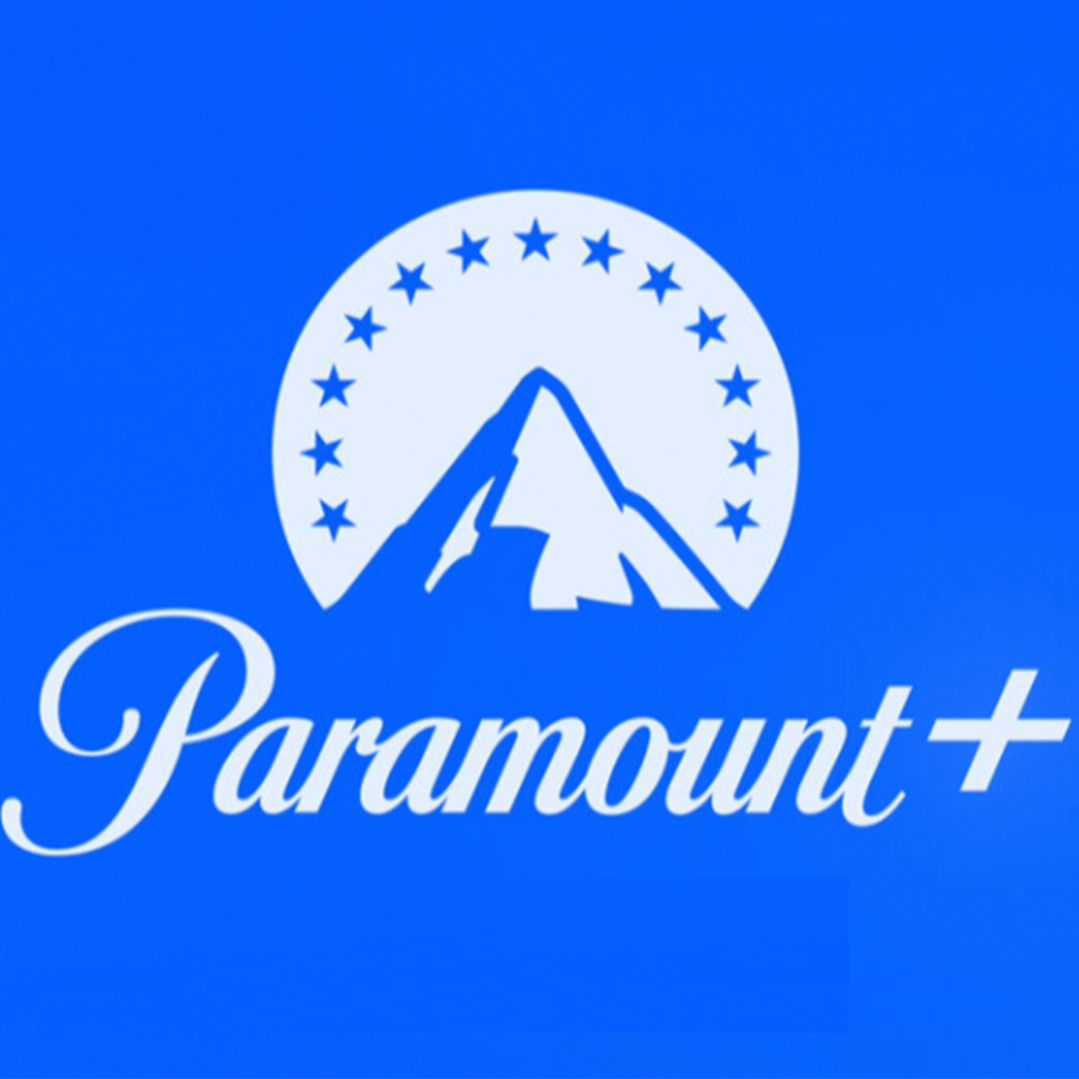Summary
- Sergio Leone's Once Upon a Time in the West is a masterpiece, and has gotten the deluxe rerelease treatment for its 55th anniversary.
- The film was initially misunderstood and heavily cut for American audiences, leading to a weak box office performance.
- Once Upon a Time in the West has been restored in its full 166-minute version for a 4K release, showcasing Leone's original vision, and while it's arguably his greatest film, even more than The Good, the Bad and the Ugly.
Director Sergio Leone is the king of Spaghetti Westerns, having made several masterpieces in the genre — pretty good for a man who only directed seven films. It was his Westerns with Clint Eastwood that brought him international acclaim, with each film in his Dollars Trilogy earning more money and praise than the last. By the time The Good, the Bad and the Ugly was in theaters, Leone was an enviable hitmaker. Paramount Pictures would reach out to him from the United States, offering him bigger opportunities than he could do in Italy. He agreed, and this is how Once Upon a Time in the West began its trajectory.
However, that wasn't the film Leone wanted to make. He was intent on moving away from Westerns, wanting to make what would become Once Upon a Time in America in 1984. Paramount, though, only wanted Leone because of his Westerns and the style that he helped create. They convinced the filmmaker that they would finance his dream project with whatever he needed, with the caveat that he first direct another one of his trademark Western hits, this time for them. Leone agreed.
The result was Once Upon a Time in the West, which took that trademark style and deconstructed it in a new, fantastic way. It was a masterpiece, but it certainly wasn't treated that way. The studios cut more than 20 minutes from the film, and it became a box office flop and a critical dud. But on its 55th anniversary and with a new release, something debatable but controversial emerges — Once Upon a Time is Leone's best film, even more so than The Good, the Bad and the Ugly. Here's why.
Sergio Leone and the Italian Avengers Head to America
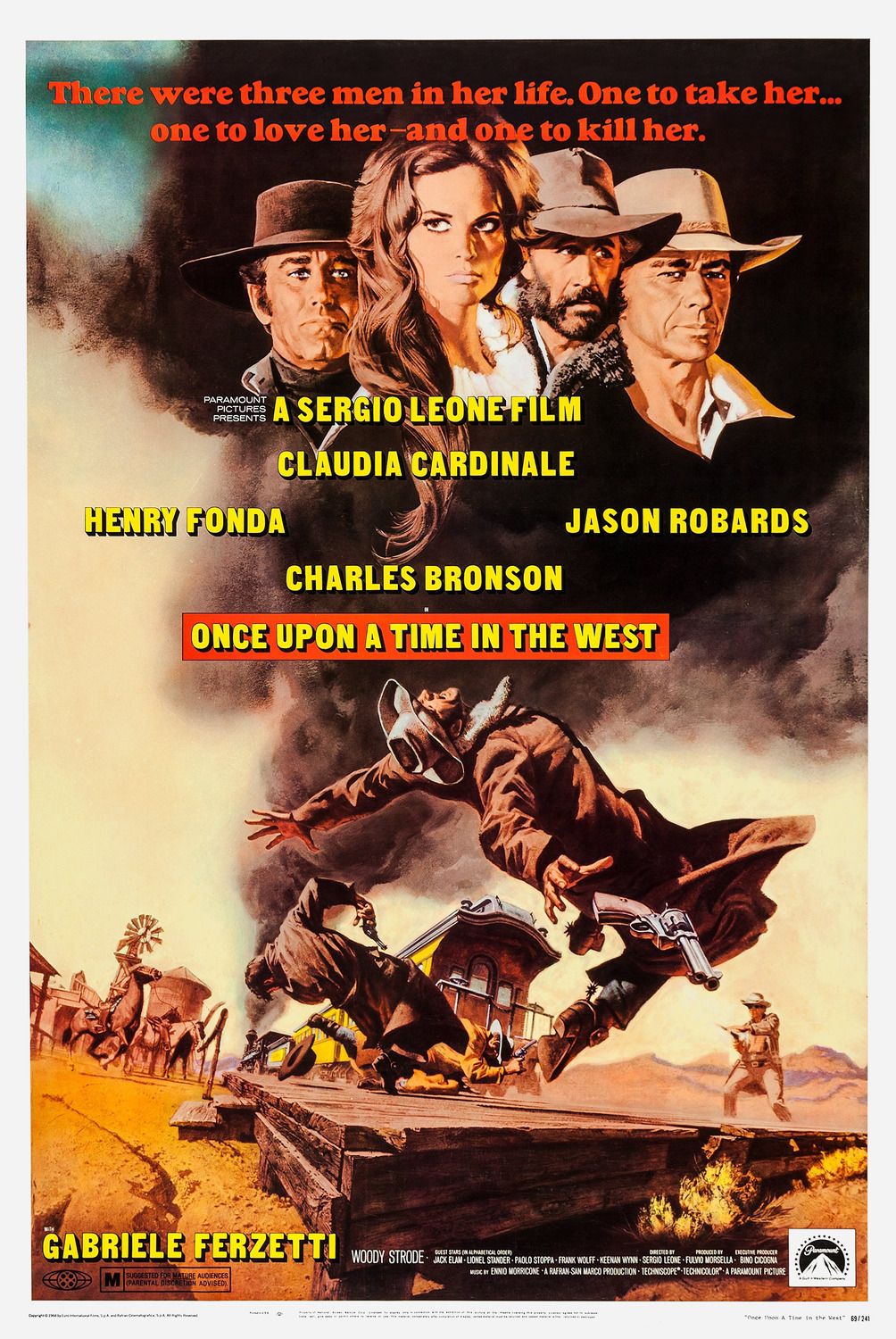
Once Upon a Time in the West
Once Upon a Time in the West is a critically acclaimed Italian Western released in 1968. Directed by Sergio Leone, the film stars Henry Fonda as Frank and Charles Bronson as Harmonica, two men who work together to protect widow Jill McBain (Claudia Cardinale) from an assassin. Sergio Donati and Leone wrote the screenplay for the film based on a story by Dario Argento.
- Release Date
- July 4, 1969
- Director
- Sergio Leone
- Cast
- Henry Fonda , Charles Bronson , Claudia Cardinale , Jason Robards , Gabriele Ferzetti
- Runtime
- 166 Minutes
- Main Genre
- Western
- Writers
- Sergio Leone , Sergio Donati , Dario Argento , Bernardo Bertolucci
- Studio(s)
- Rafran Cinematografica , San Marco , Paramount Pictures
- Distributor(s)
- Paramount Pictures
To conceive Once Upon a Time in the West, Leone assembled a kind of Italian Avengers of cinema, with some of the greatest artists of film history working together on the story. There was Bernardo Bertolucci (Last Tango in Paris, The Last Emperor), Dario Argento (Suspiria, Deep Red), and his former collaborator, Sergio Donati (Raw Deal, The Beast, For a Few Dollars More). There was one of the greatest Italian cinematographers of all time (Tonino Delli Colli), one of the country's best editors (Nino Baragli), and one of the best composers to ever score a film (Ennio Morricone).
The team spent nearly a year preparing for the film, which included watching countless classic American Westerns — The Magnificent Seven, High Noon, Shane, The Gunfighter, and, arguably more than anything else, John Ford's first great film, The Iron Horse. The idea was to scrape the plate of Spaghetti Westerns into the trash of the past and to create a truly American Western, the first of a new trilogy that explored the mythos and history of the Americas, his Once Upon a Time trilogy.
Once Upon a Time in the West has a slightly more complicated plot than the director's previous films, and has more complex characters, including a woman in the main cast, a first for Leone. The film also involves socioeconomics and those more historical and less action-packed subplots of some Westerns — real estate, railroads, water, townships. An epic story of fate, sin, power, and revenge, Once Upon a Time was carefully constructed for greatness. The Italians were ready to make their 'American' film (shot in Utah, Rome, and Spain).
A Spaghetti Western Minus the Meatballs and Sauce
Once Upon a Time in the West follows Jill, the new bride of a widowed rancher who arrives at his small town of Flagstone to discover that he and his three children have been gunned down in cold blood. She inherits his property, including the Sweetwater Ranch, not realizing that the property is in the way of a new railroad being constructed by a wealthy tycoon. As a result, Jill lands in the crossfire of multiple violent men who operate on various sides of the tracks.
It's one thing to explain the plot of Once Upon a Time in the West; it's another thing entirely to experience it. While the movie is basically linear in its entirety, Leone withholds critical information from the audience, and there's less than 15 pages of dialogue out of the 382-page script (which was originally 436 pages long). At the same time, it's not like the action is non-stop in the film; it's perfectly spread out and paces. And yet, it's exhilarating to watch. Here's what comedian and actor/director Bill Burr has said about Once Upon a Time in the West:
"You know that Syd Field book, How to Write a Script? It's out the window. It's out the door. The opening scene is 11 minutes long, and it's just guys looking at each other, and about five lines of dialogue. [Leone] is like, 'F*ck you man, I'm spinning this yarn, and you settle in, and I'm gonna give you breathtaking visuals [...] It looks f*cking amazing."
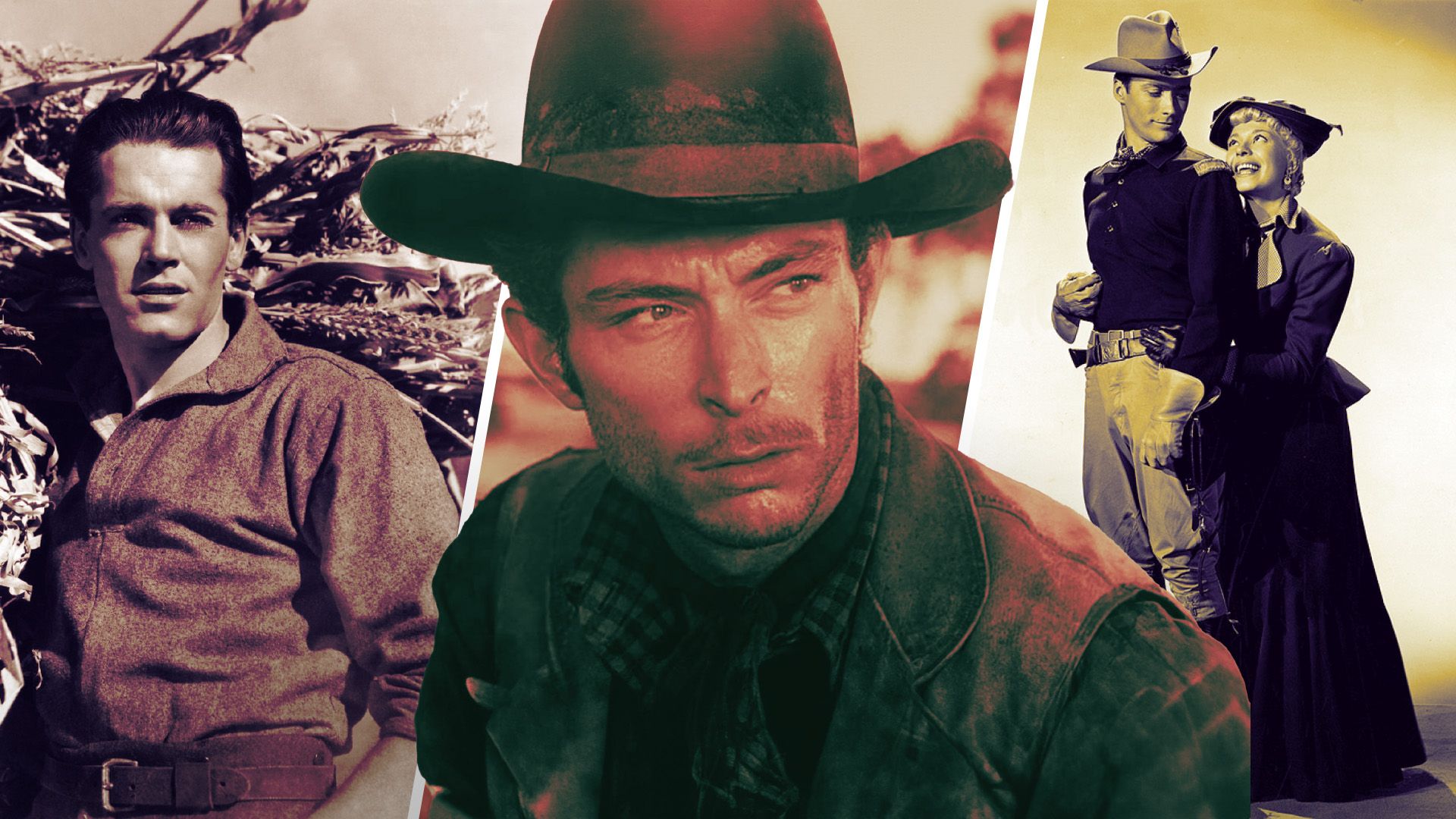
10 Famous Hollywood Actors Who Got Their Starts in Western Movies
"I'll keep the money and you can have the rope."Sergio Leone and a Philosophy of Pure Cinema
Leone gets away with this near-total elimination of exposition by tapping into a kind of pure cinema, using images and sounds to connote context. After watching all of those American Westerns (and literally framing many shots to mirror scenes from them), Leone is able to connect to a shorthand that moviegoers instantly recognize. With the blow of a harmonica, the squint of two eyes, or a quick pan to the right, Leone and his editor can tell a story without details. You know how these people feel and what they want based on the mise en scène itself.
In this way, Leone creates an epic tableau of the American West that is as much a study of history and the revolutionizing technology of railroads, but also a portrait of film culture itself. The Wild West of this film is one seen in movies by Italian artists, and it's not only them whose perception of the Old West is almost entirely informed by movies. It's all of us. This is primarily what separates the film from The Good, the Bad and the Ugly, which is tethered to narrative in a traditional way.
This is why the philosopher Jean Beaudrillard is said to have called Once Upon a Time in the West the first postmodern film — because its presentation of the historical West is taken from film. It's cinema as American history. It relies on the fact that we've all been culturally indoctrinated to the point that everyone essentially speaks the language of cinema, even if you've only seen an advertisement.
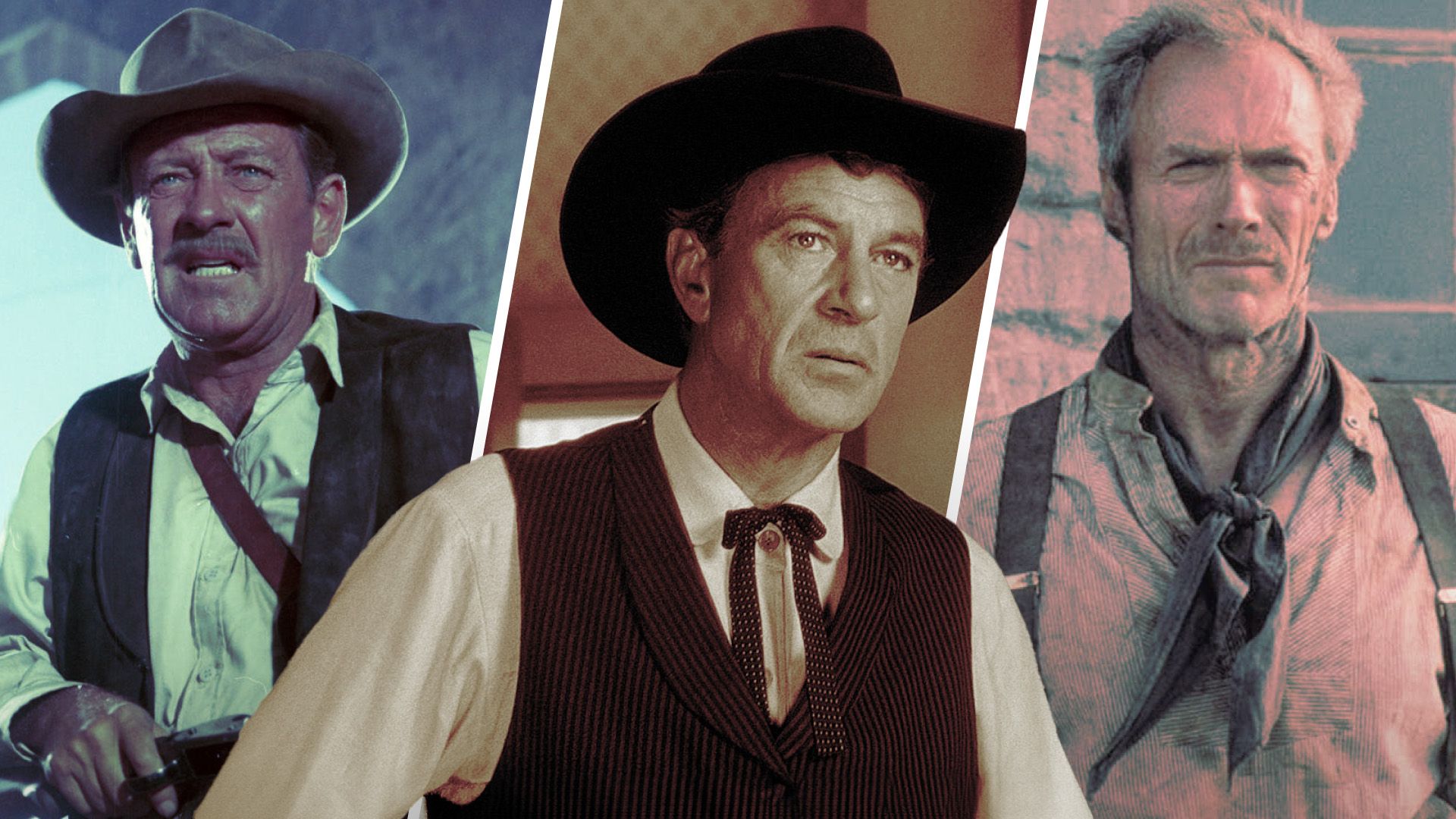
10 Greatest Western Movies, According to the American Film Institute
The American Film Institute's compilation of the greatest Western movies features classics such as High Noon and Shane. Heres the full list.Clint Eastwood Turned Down Once Upon a Time in the West, and That's Good
Sergio Leone originally went to his Dollars Trilogy star, Clint Eastwood, to play the role of Harmonica in the film. He pitched the movie to Eastwood, who was now becoming more famous. It seems ridiculous, but Leone began his pitch by discussing the long, silent opening scene in great detail, spending 15 minutes on it, mentioning how a man traps a fly in the barrel of his gun and other tiny details. Richard Schickel writes in Clint Eastwood: A Biography:
"'It took [Leone] fifteen minutes to get past that part,' [Eastwood] says, and he remembers asking, 'Wait a second, where are we heading with this?' But Leone was not to be hurried, and continued his synopsis at his own overly detailed pace."
Eastwood sensed that this would be a more artistic film, and he was also bothered that he wouldn't be the main star, with the film instead sharing time fairly equally among four people. And, like Leone before he began filming Once Upon a Time in the West, Eastwood was ready to move on from the genre. And so Leone moved on from him.
Charles Bronson vs. Henry Fonda vs. Jason Robards
Charles Bronson eventually played Harmonica in the film, and it was brilliant casting. Darkly tanned with naturally squinting eyes, Bronson was already known as somewhat monosyllablic in his previous roles, and was the perfect fit for the simmering and silent man who plays a harmonica more than he speaks. He's a mystery man of sorts, seeking revenge and getting mixed up in the railroad politics of Flagstone.
As great as Bronson was, the casting coup de grâce of Once Upon a Time in the West was Henry Fonda, a legendary star of Westerns who almost always played the good guy. Leone cast him against type, however, wanting his pure blue eyes and recognizable goodness to be disturbingly incongruous with the man's monstrous behavior. Fonda initially rejected the offer, so Leone flew to his place and tried to convince him. Ultimately, a star of The Good, the Bad and the Ugly (Eli Wallach) talked Fonda into doing it, and it's one of his many great performances.
Jason Robards is gruff but weirdly sweet in the film, as is his odd relationship with Claudia Cardinale, the beautiful Italian actor who plays Jill. It's these four people whose fates intersect in a storm of violence and greed. Combined with great supporting characters, it all makes for one of the best-cast Westerns of all time. And yet it all fell apart.
